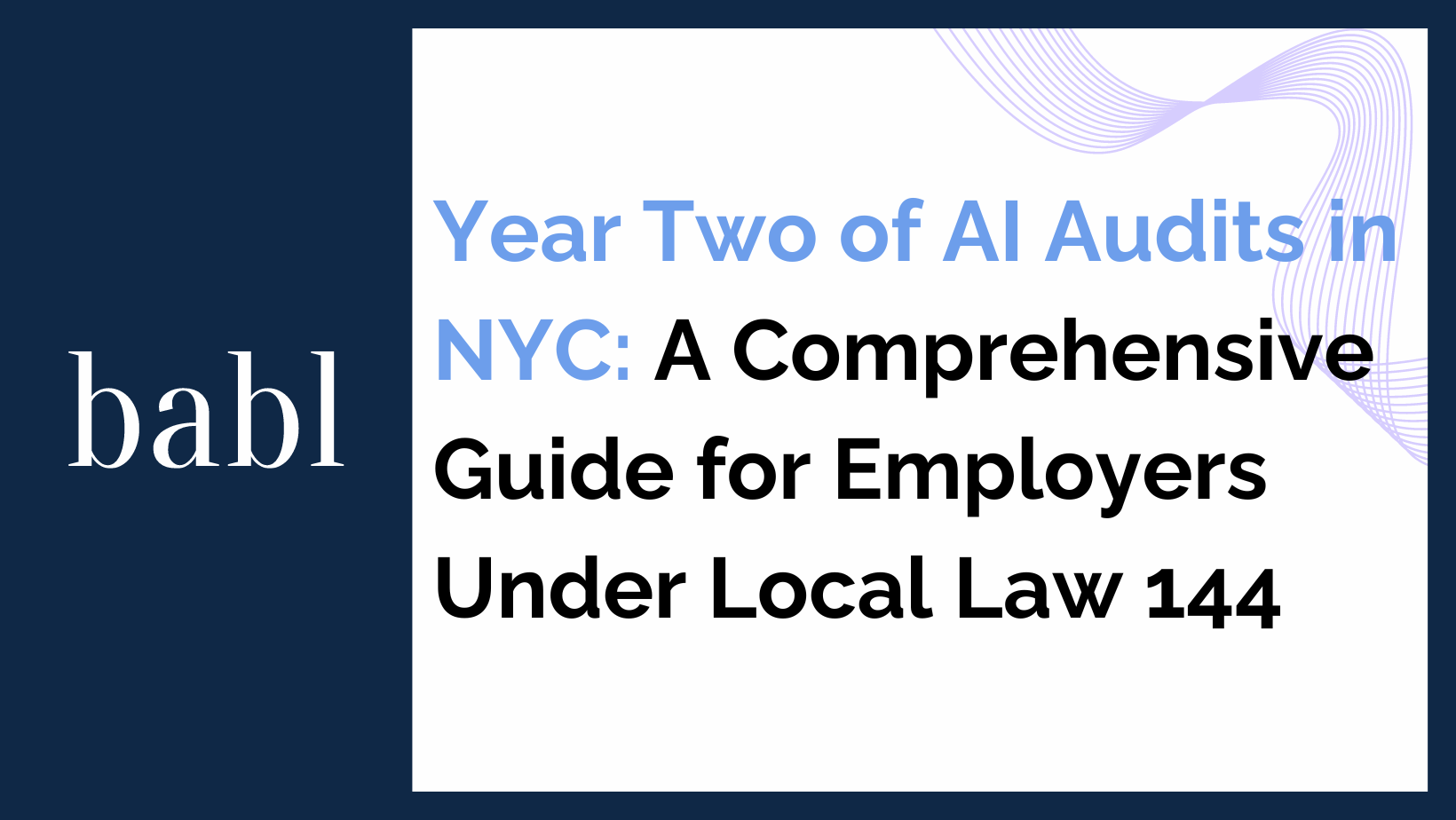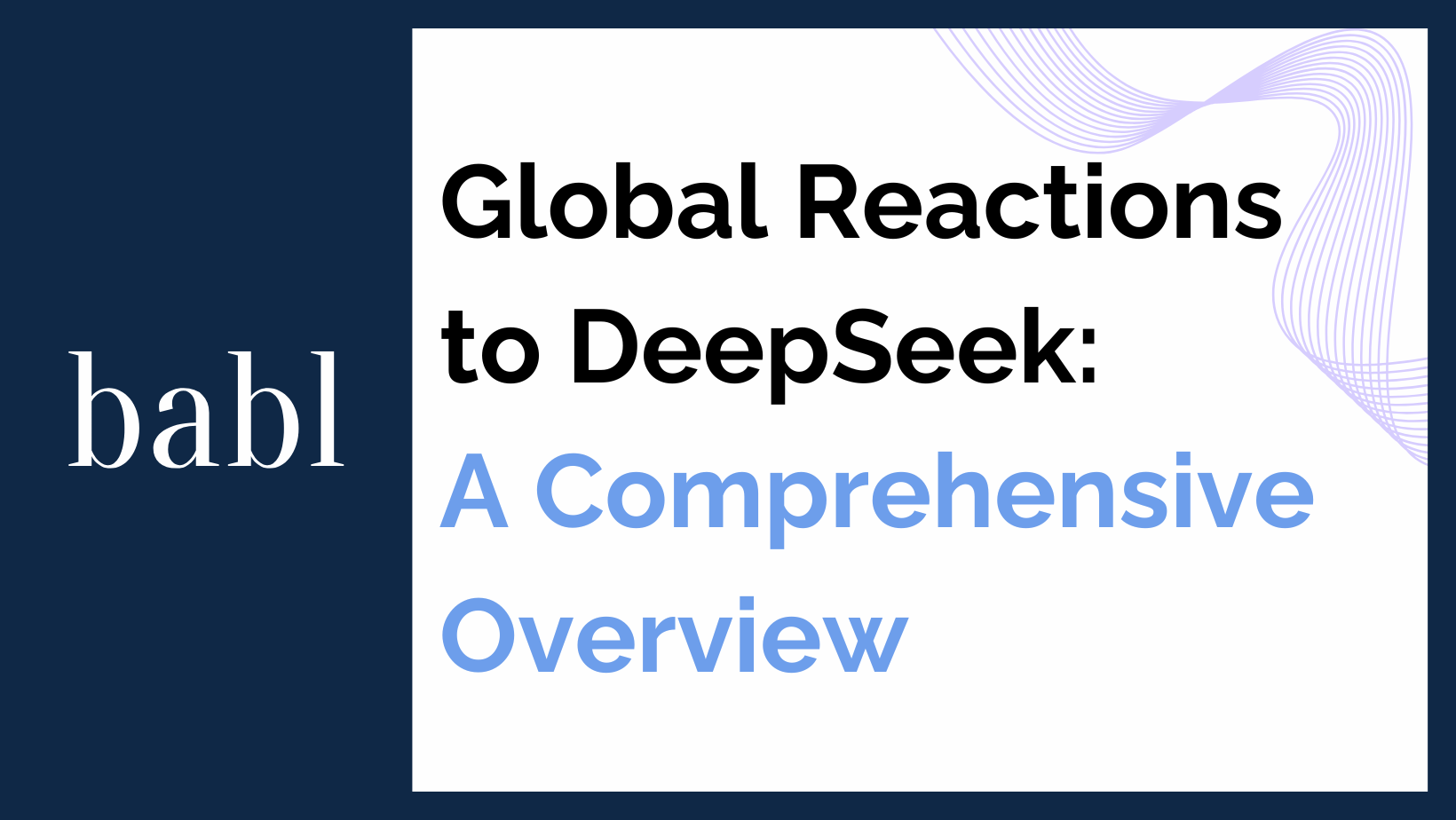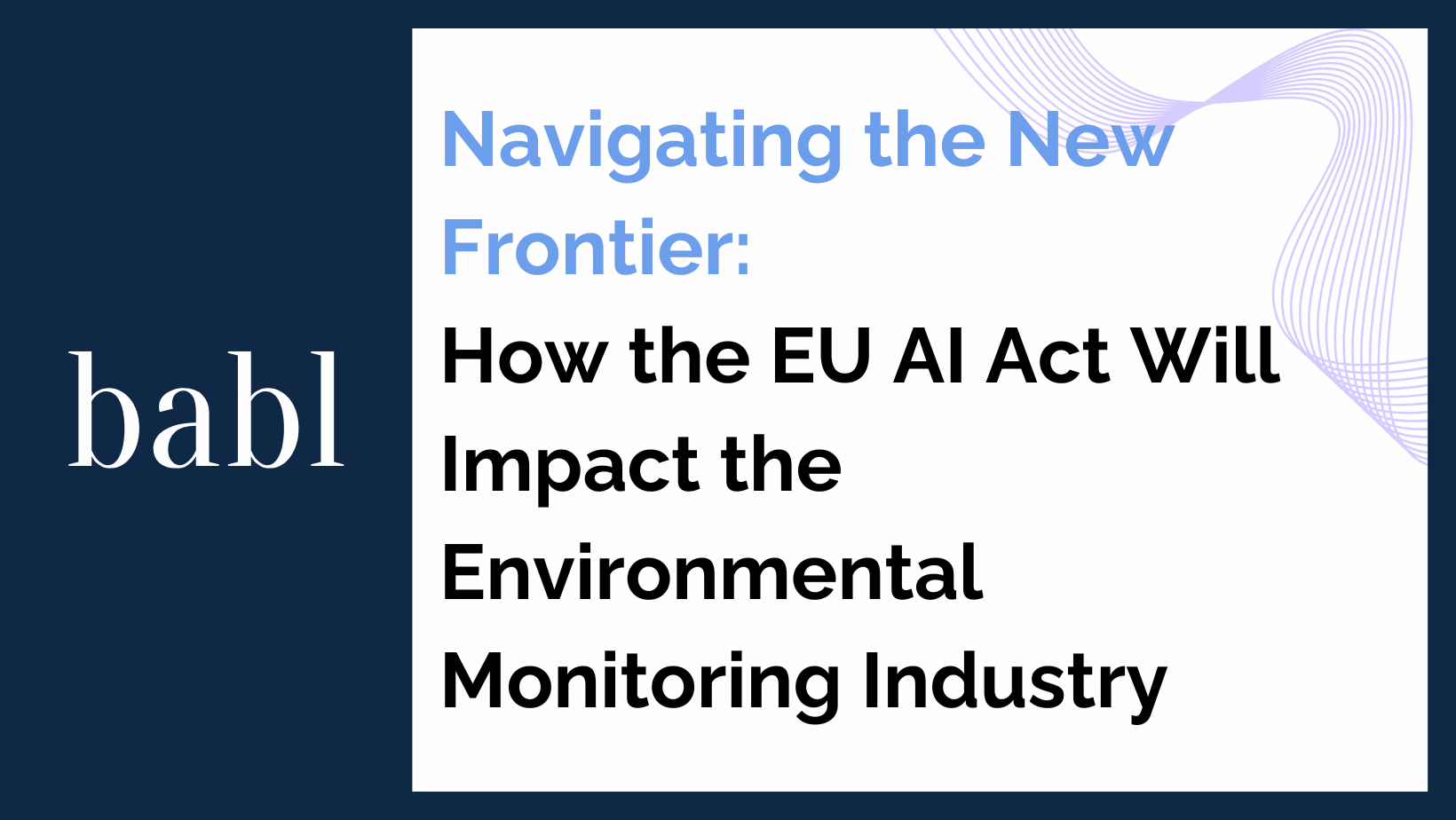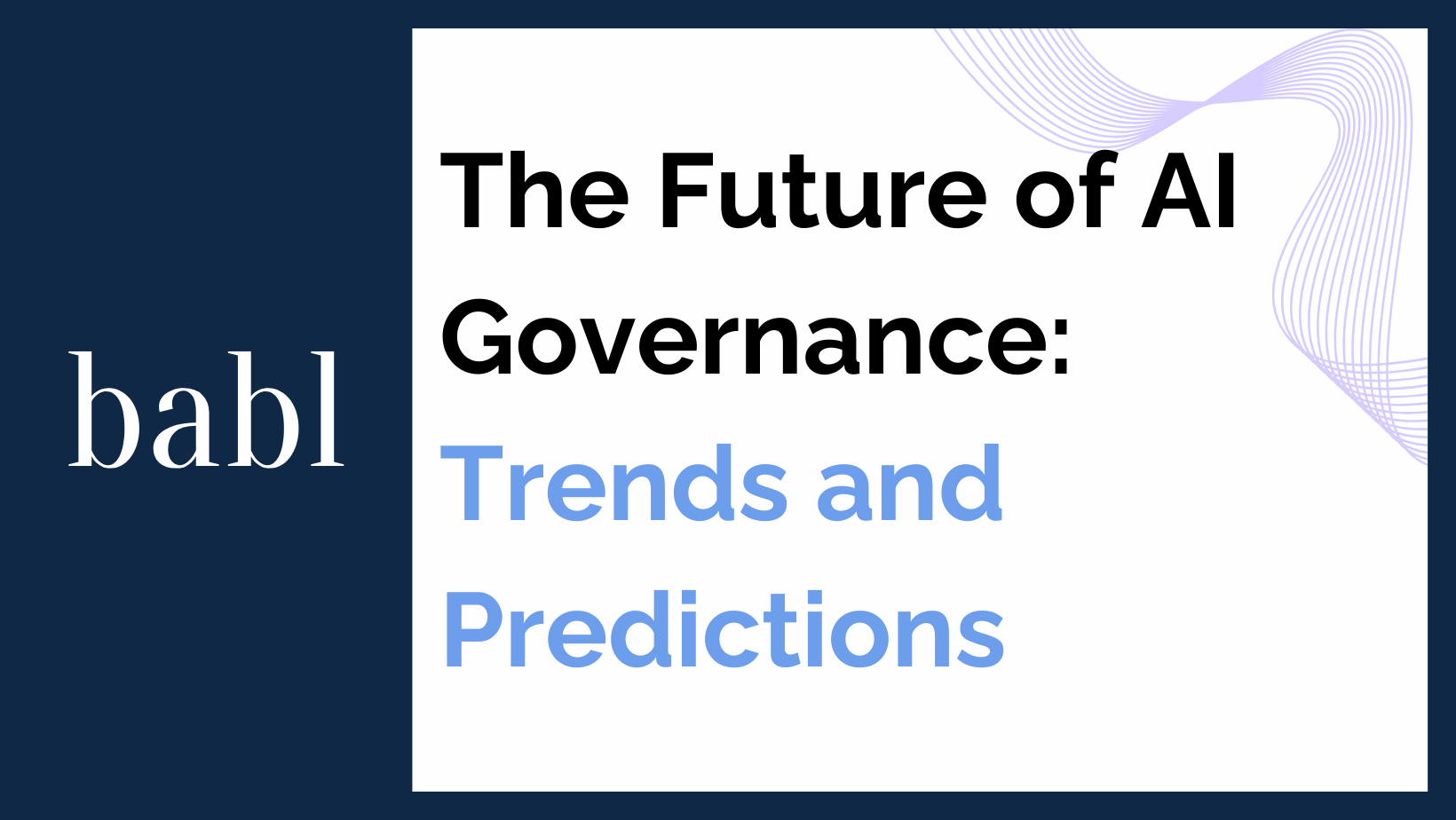Year Two of AI Audits in NYC: A Comprehensive Guide for Employers Under Local Law 144
With the increasing use of Artificial Intelligence (AI) in hiring processes, New York City’s Local Law 144 has become a pivotal piece of legislation for employers. Enacted to ensure fairness and reduce bias in automated employment decision tools (AEDTs), this law mandates annual audits to assess these tools for discriminatory practices. As businesses enter the second year of compliance, understanding the nuances of the auditing process and what changes may occur is crucial for maintaining legal and ethical hiring practices. This guide provides a comprehensive overview of what employers need to know for year two and beyond.
Understanding Local Law 144: Background Recap
Local Law 144, implemented to address potential biases in AEDTs used for hiring and promotions, requires that these tools be independently audited annually. The law aims to ensure that all candidates have a fair chance during the hiring process by preventing AI systems from perpetuating historical biases. These audits must evaluate the tools against set criteria to identify any discriminatory patterns affecting gender, race, and other protected classes.
What Changes in the Second Year?
- Enhanced Audit Quality Expectations: In the first year, many employers were primarily focused on understanding the basics of the law and achieving compliance. As we move into the second year and subsequent ones, the quality and depth of the audits will come under greater scrutiny. Regulators and stakeholders will likely look for more thorough assessments and detailed reporting that demonstrates not just compliance but a commitment to ongoing improvement.
- More Data for Review: By now, employers have collected more data from multiple hiring cycles. This larger dataset allows more precise audits. However, it also means that any bias in AI systems could have a stronger impact. Therefore, careful review is essential.
- Evolving Audit Standards: As knowledge about AI in hiring grows, auditors and regulators may update evaluation criteria and statistical methods. Employers must stay informed about these changes to remain compliant.
- Intersectional Analysis: Earlier audits often looked only at broad groups such as race or gender. Year two may require more detailed analysis that examines overlapping identities—for example, race and gender together. This approach provides a clearer picture of fairness.
What Stays the Same?
- Annual Audit Requirement: The obligation for yearly audits remains unchanged. Employers must ensure every tool is tested without interruption.
- Independent Third-Party Audits: Audits must continue to be conducted by external evaluators to maintain impartiality.
- Focus on Bias and Discrimination:The central purpose of these audits—detecting and reducing bias—remains the law’s foundation.
Best Practices for Compliance
- Work with Expert Auditors:Choose auditors with proven experience in AI bias evaluation. Their knowledge will help you manage second-year complexities.
- Keep Strong Data Records: Document and store all data your AI tools use. This record is vital for both audits and model adjustments.
- Train HR and Compliance Teams: Provide ongoing education to staff about audit requirements and regulatory changes. Moreover, ensure they know how to act on audit findings.
- Be Transparent: Inform candidates when AI is part of your hiring process. Transparency builds trust and aligns with ethical expectations.
Conclusion: Staying Ahead in Year Two
Employers in New York City must prepare for deeper, more precise audits under Local Law 144. By improving audit quality, maintaining clear records, and working with trusted experts, companies can move beyond compliance toward fairer, more trustworthy hiring.
Need Help?
Want to know if your company needs a New York City Bias Audit done? Contact BABL AI and one of their Audit Experts will be able to answer all your questions related to this regulation and more.





